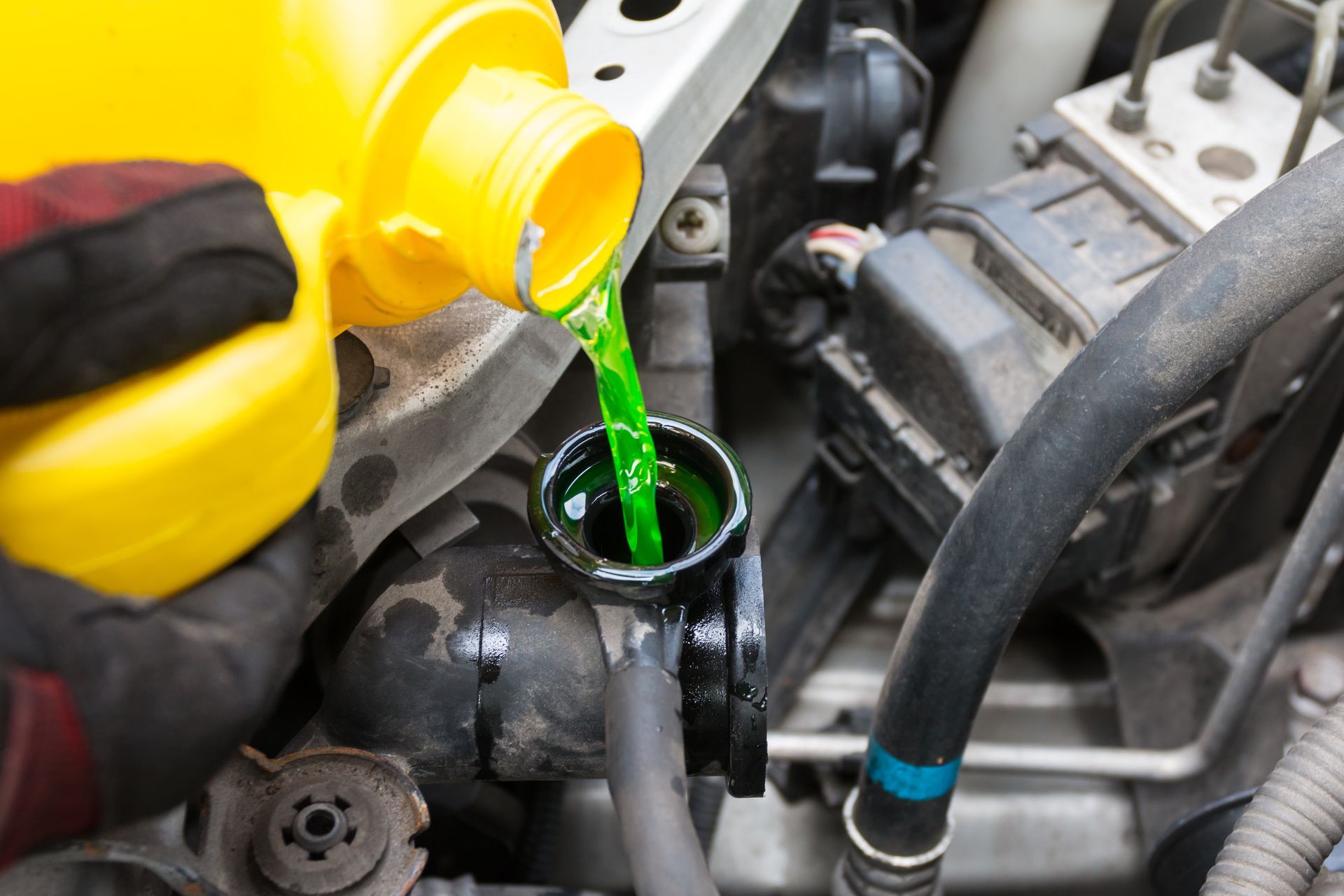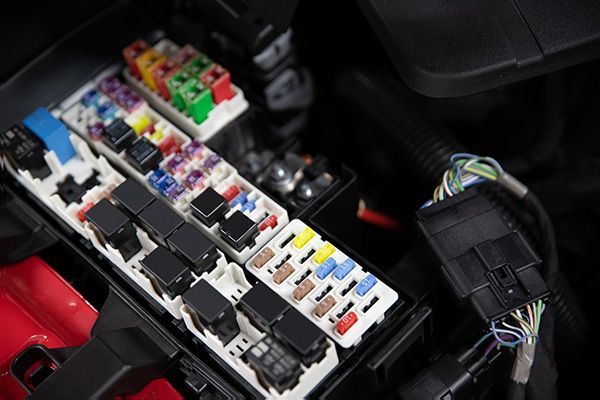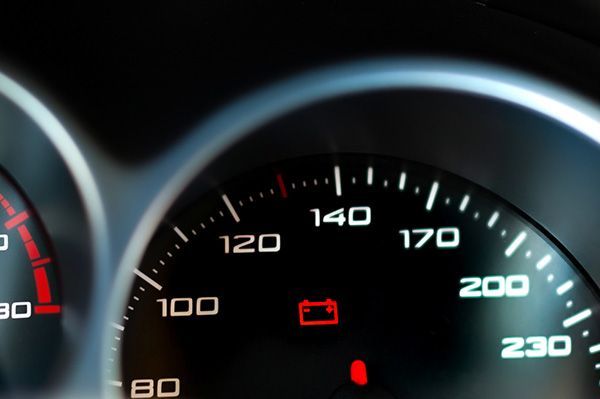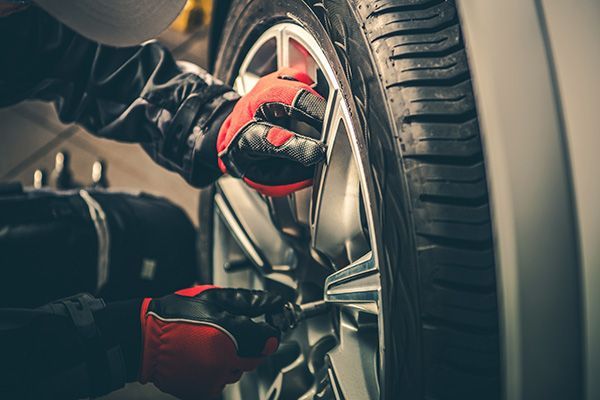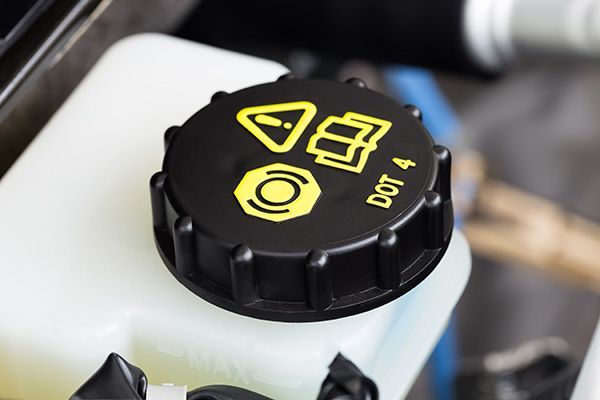
When driving on a slick, rainy road, your tires often struggle for grip, and your car can start sliding at any time. This is where traction control comes in to save the day. Traction control is an essential safety feature in modern vehicles, designed to prevent wheel slip and maintain optimal traction on various driving surfaces. But how does it work?
Vehicle's Traction Control
Traction control is a system integrated into your vehicle's stability control and anti-lock braking system (ABS). Its primary purpose is to monitor the speed of each wheel and prevent them from spinning too quickly when a wheel loses grip and starts to spin faster than the others, traction control steps in to reduce power to that wheel, helping to regain traction and maintain control of the vehicle.
The system utilizes sensors placed on each wheel to continuously monitor their speed. If the sensors detect that one wheel is spinning significantly faster than the others, indicating a loss of traction, the traction control system takes action. This action can involve reducing engine power, applying the brakes to the slipping wheel, or a combination of both. By doing so, the system helps ensure that all wheels maintain equal grip on the road surface.
How Does Traction Control Work?
At its core, traction control works by detecting and correcting wheel slip. Here's a step-by-step breakdown of how the system operates:
Detection
Wheel speed sensors constantly monitor the rotation speed of each wheel. These sensors send data to the vehicle's onboard computer.
Analysis
The onboard computer analyzes the data to determine if any wheel is spinning faster than the others. If it detects a significant speed difference, it interprets this as wheel slip.
Intervention
Once wheel slip is detected, the system intervenes by either reducing engine power or applying the brakes to the slipping wheel. This intervention helps the wheel regain traction.
Correction
By reducing power or braking, the system slows down the spinning wheel, allowing it to regain grip on the road. This process happens in milliseconds, ensuring that the driver maintains control of the vehicle.
Continuous Monitoring
Traction control monitors wheel speeds and adjusts as needed to prevent slip and maintain optimal traction.
Benefits of Traction Control
Traction control offers several significant benefits, making it a crucial safety feature in modern vehicles:
Improved Stability
By preventing wheel slip, traction control helps maintain vehicle stability
, especially in slippery or uneven road conditions. This is particularly beneficial during inclement weather, such as rain, snow, or ice.
Enhanced Safety
Traction control reduces the risk of skidding and loss of control, providing an extra layer of safety for drivers and passengers. It helps prevent accidents that could occur due to sudden loss of traction.
Increased Confidence
Knowing that your vehicle is equipped with traction control can give you added confidence when driving in challenging conditions. You can trust that the system will assist in maintaining control, allowing you to focus on driving safely.
When Is Traction Control Most Effective?
Wet or Icy Roads
Traction control shines on wet or icy surfaces where the risk of wheel slip is high. By preventing wheels from spinning excessively, it helps maintain control and reduces the likelihood of skidding.
Gravel or Loose Surfaces
On gravel or loose dirt roads, traction control helps prevent wheel spin, ensuring that your vehicle maintains forward momentum and stability.
Sharp Turns
During sharp turns, especially at higher speeds, traction control helps manage the distribution of power to the wheels, preventing slip and ensuring a smooth, controlled turn.
Common Misconceptions About Traction Control
Despite its benefits, there are some common misconceptions about traction control:
It's Not a Substitute for Safe Driving
Traction control is a helpful tool, but it's not a substitute for cautious and responsible driving. Drivers should still adjust their speed and driving habits according to road conditions.
It Can't Prevent All Accidents
While traction control can significantly reduce the risk of certain types of accidents, it can't prevent all accidents. Drivers should always remain vigilant and avoid relying solely on electronic aids.
It's Not Just for High-Performance Cars
Traction control is a standard feature in many modern vehicles, not just high-performance or luxury cars. It's a valuable safety feature for all types of vehicles and drivers.
Maintaining Your Traction Control System
To ensure your traction control system functions properly, regular maintenance is necessary. Here are some tips to keep it in top condition:
- Regular Inspections: Have your vehicle's traction control system inspected during routine maintenance checks. Ensure that wheel speed sensors and other components are functioning correctly.
- Tire Maintenance: Properly inflated and well-maintained tires are crucial for the effective operation of traction control. Regularly check your tire pressure and tread depth.
- Brake System Maintenance: Since traction control works in conjunction with the ABS, maintaining your brake system is vital. Ensure your brakes are in good condition and have them serviced as needed.
Stay safe on the road with a well-maintained traction control system. Let Morin Brothers Automotive keep your vehicle in top condition. Call us today to learn more and make an appointment!



